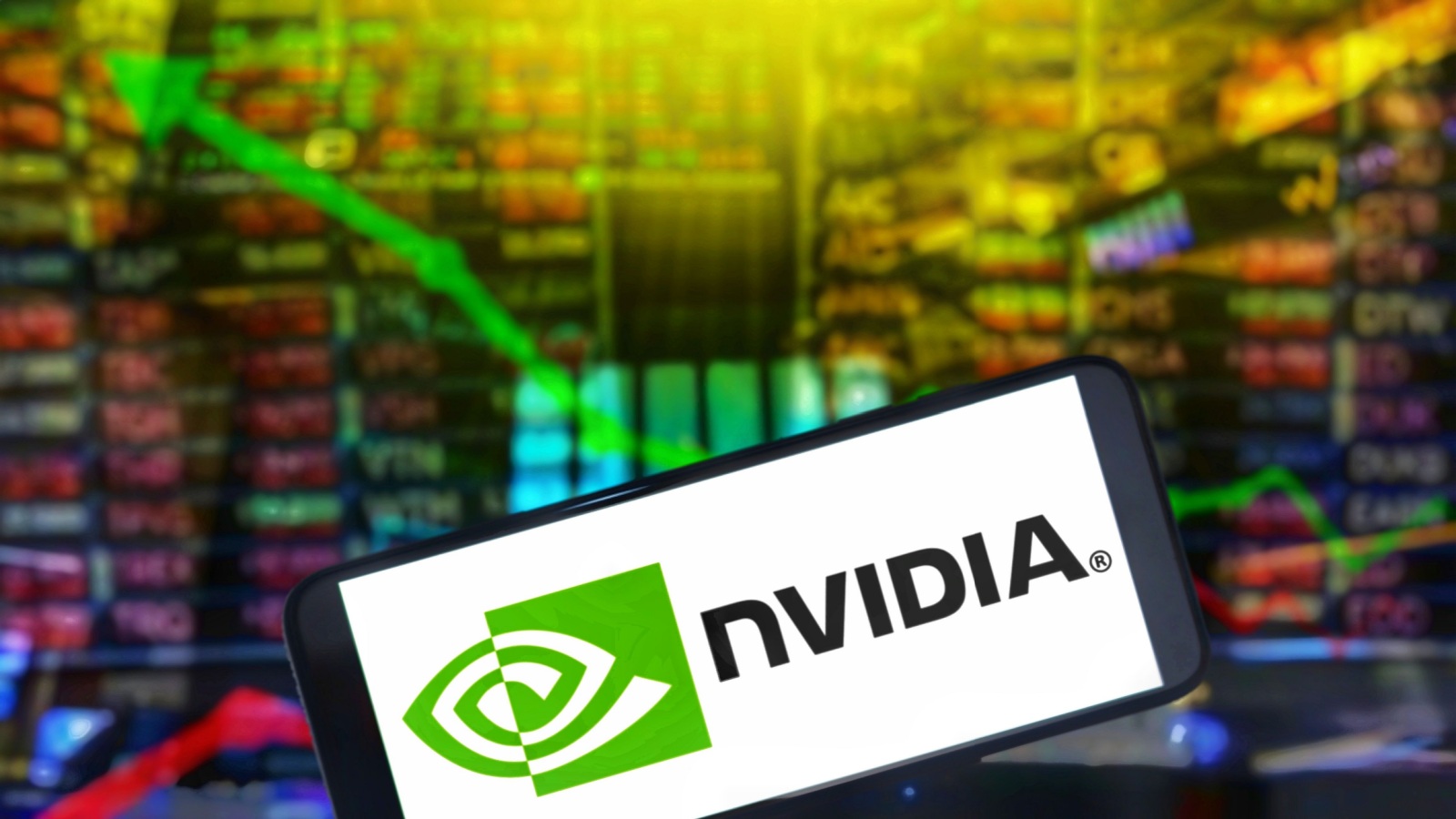For Nvidia (NASDAQ:NVDA) stock, 2023 has been a year of inflating expectations. Shares are up 241% this year. The company’s market cap is now $1.23 trillion. That of the “Magnificent 7″ have replaced the reign of the “Cloud Czars”,” with Nvidia and Tesla (NASDAQ:TSLA) added to the mix.
But every technology, and every tech hype cycle, reaches a peak of inflated expectations. It then goes through what Gartner Group (NYSE:IT) calls a “trough of disillusionment” before finding its value. For investors, the trick now is to call the top and get out of the way when assumptions change. I am going to give you some clues for that with NVDA stock.
Where’s the Top for NVDA Stock?
The Cloud era of the 2010s ran for most of a decade, and the primary beneficiaries are still in the winner’s circle. Huge orders from Apple (NASDAQ:AAPL), Microsoft (NASDAQ:MSFT), Amazon.Com (NASDAQ:AMZN), Alphabet (NASDAQ:GOOG)(NASDAQ:GOOGL) and Meta Platforms (NASDAQ:META) have fueled Nvidia’s rise.
But there was a break, in 2022. The Czars all fell hard, along with many of the 2010-era services they spawned.
Most of the Czars are also in the chip business. Nvidia’s CUDA-X AI software, which developers deem essential stalls their plans. Nvidia isn’t just the Intel (NASDAQ:INTC) of the AI age, providing necessary hardware. It’s Microsoft as well, building its operating system.
It will take time for the Czars to get around CUDA. They’re motivated by the billions they’re pouring into Nvidia chips, and Nvidia’s decision to compete with them.
Once they succeed, the premium now being paid for Nvidia will decline to its hardware advantage. The company can make this up, in part, by making more chips. Enormous investments are being made to build new fabrication plants in the U.S., by Taiwan Semiconductor (NYSE:TSM) and Intel.
We know what the future of this business looks like. What we don’t know is how we get there.
The Turn Will Come
Technicians will note that NVDA stock has made two attempts in recent months to pierce $500 per share. It fell back each time and was hovering just over it early on December 19.
At that price investors are paying over 27 times revenue, 14.5 times hoped-for fiscal 2025 revenue of $84.5 billion. That’s five times 2021’s revenue of $16.7 billion.
Growth continues because the Cloud Czars can afford to pay.
Amazon Web Services is getting 70% margins renting GPUs, which it expects to last 7 years. The profits from AWS exceed Amazon’s costs for its internal computing. By putting its own Trainium chips to work here, Amazon can maintain those margins as costs come down.
Microsoft is getting similar results. It reported 72% margins on its cloud services in the last quarter. Microsoft is also working on AI chips, hoping to dominate the whole cloud stack.
The weak link is Alphabet, where third quarter cloud revenues trailed estimates. But that looks more like a Google problem than a market problem.
The Bottom Line
I think the Nvidia market dominance has another year to run.
How will you know when it’s over? Watch GPU rental prices carefully. They’re very sensitive to changes in supply and demand. Look at those margins, and at Cloud Czar announcements about putting their own GPU systems to work.
That’s the natural response to falling margins. Understand that any weakness, at all, can have a big negative impact when a stock is trading this dear.
Pay attention to the results achieved by companies using Generative AI in their operations, both internally and for customers. If you hear complaints, that’s when you want to be out, looking for a lower entry point in Nvidia stock.
As of this writing, Dana Blankenhorn had LONG positions in AAPL, MSFT, GOOGL, NVDA, AMZN, INTC and TSM. The opinions expressed in this article are those of the writer, subject to the InvestorPlace.com Publishing Guidelines.
